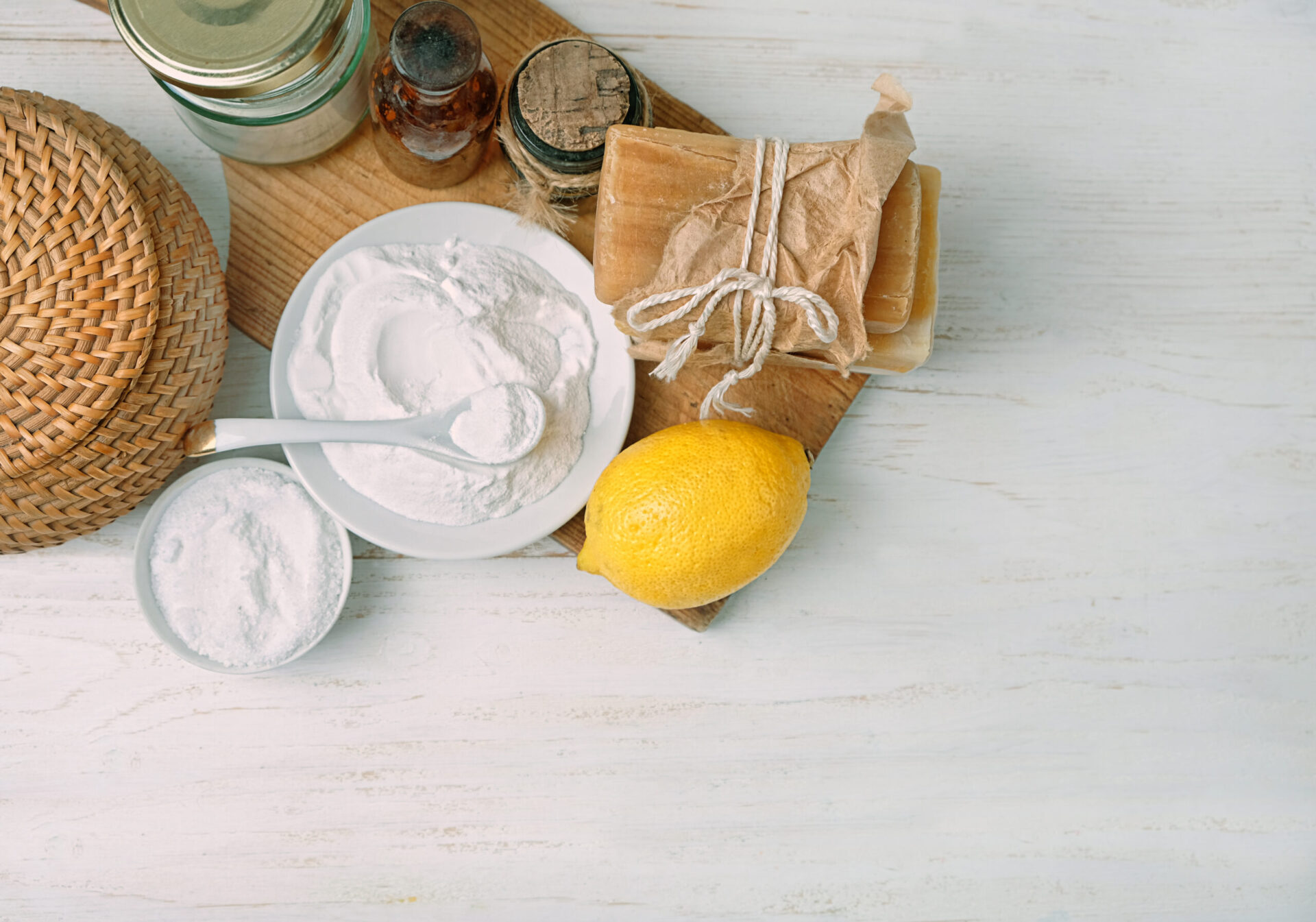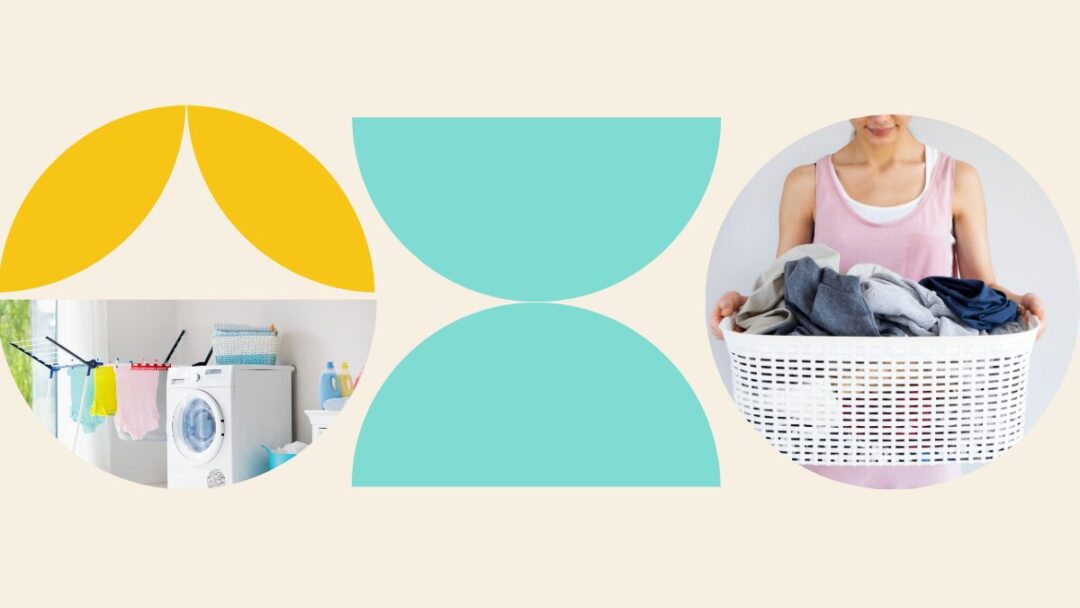For eco-conscious homeowners, spring cleaning is the perfect time to refresh the home in a way that aligns with green values. From natural cleaning products to sustainable practices, this SweepSouth guide will help you keep your home clean and eco-friendly while reducing your environmental footprint.
1. Switch to Natural Cleaners
Conventional cleaning products often contain harsh chemicals that can be harmful to both the environment and your health. Making the switch to natural, non-toxic cleaners is an easy and effective way to clean green.
How to Do It:
Create your own natural cleaners using common household ingredients like vinegar, baking soda, and lemon juice. These ingredients are powerful enough to clean tough stains while being safe for the environment.
Pro Tip:
Add a few drops of essential oils like lavender or tea tree oil to your DIY cleaner for added antibacterial properties and a fresh scent.
2. Repurpose and Reuse
Single-use products contribute to unnecessary waste, but by repurposing and reusing items, you can cut down on your environmental impact.
How to Do It:
Instead of using paper towels, switch to reusable microfiber cloths or old t-shirts for cleaning. Repurpose glass jars for storage or upcycle old furniture with a fresh coat of eco-friendly paint.
Pro Tip:
Shop second-hand for cleaning tools and supplies. Not only does this reduce waste, but it also supports sustainable living.
3. Focus on Water Conservation
Water is one of the most precious resources, and spring cleaning offers the perfect opportunity to reduce your household’s water consumption.
How to Do It:
When washing windows or mopping floors, use a bucket instead of running water continuously. Choose low-flow attachments for faucets and opt for a broom to sweep hard floors before mopping to minimise water usage.
Pro Tip:
Consider rainwater harvesting to water your garden during the spring and summer months.
4. Use Sustainable Cleaning Tools
Investing in sustainable cleaning tools is just as important as choosing natural cleaners.
How to Do It:
Opt for tools made from natural or recycled materials, such as bamboo brooms, reusable mop heads, and biodegradable sponges.
Pro Tip:
Choose high-quality tools that are built to last, reducing the need for frequent replacements and minimising waste.
5. Compost Your Kitchen Waste
Spring cleaning often means decluttering the kitchen, and for eco-conscious homeowners, composting is a great way to repurpose food scraps and reduce waste.
How to Do It:
Set up a compost bin in your kitchen for food scraps like fruit and vegetable peels, coffee grounds, and eggshells. Once the bin is full, transfer it to an outdoor compost pile where it will break down into rich soil for your garden.
Pro Tip:
Educate your family on what can and cannot be composted to ensure a successful composting system.
6. Choose Energy-Efficient Appliances
Spring cleaning often involves deep cleaning appliances, and it’s also a great time to assess whether your appliances are energy-efficient.
How to Do It:
If your appliances are outdated, consider replacing them with newer, energy-efficient models. Look for appliances with the ENERGY STAR label to ensure they meet efficiency standards.
Pro Tip:
Unplug appliances when they’re not in use to conserve energy and reduce your electricity bill.
Conclusion
For homeowners, spring cleaning is not only about tidying up—it’s about maintaining a sustainable, healthy home. By focusing on natural cleaners, repurposing items, and conserving water, you can keep your home sparkling clean while staying true to your eco-friendly values.
ALSO SEE: QUICK AND EASY SPRING CLEANING TIPS FOR BUSY MOMS








